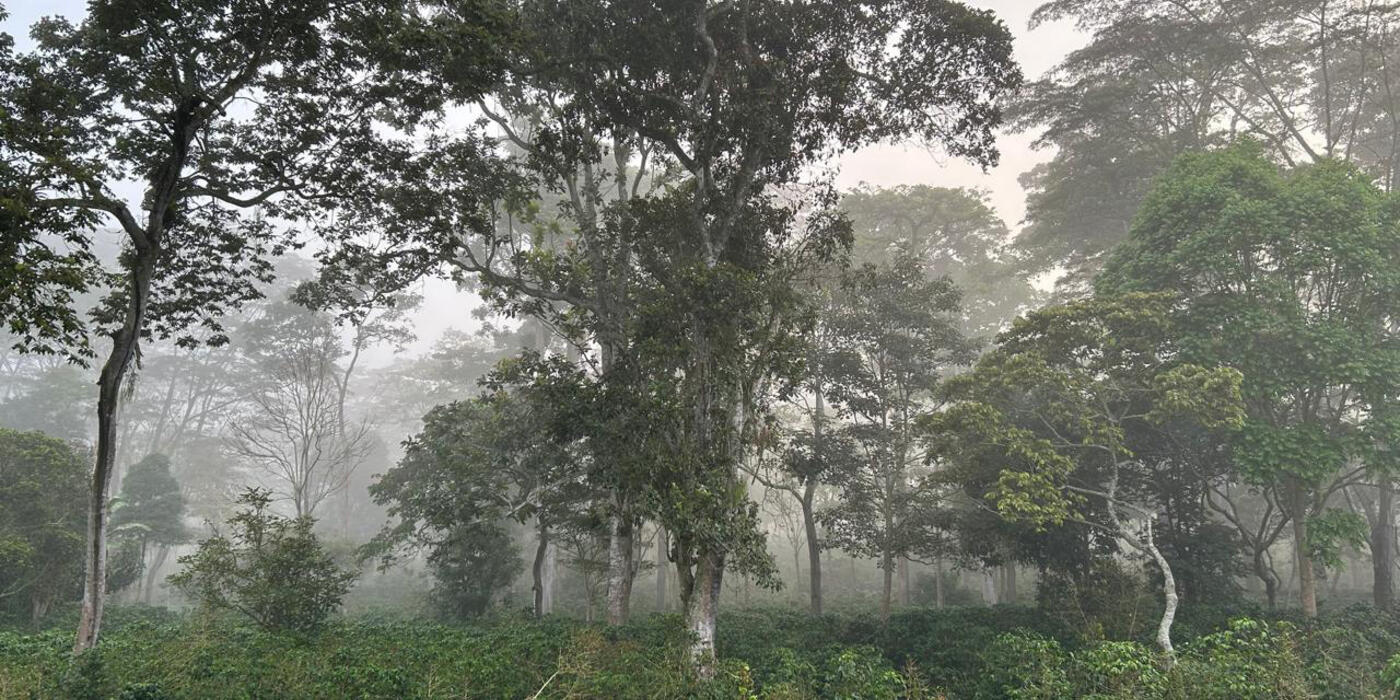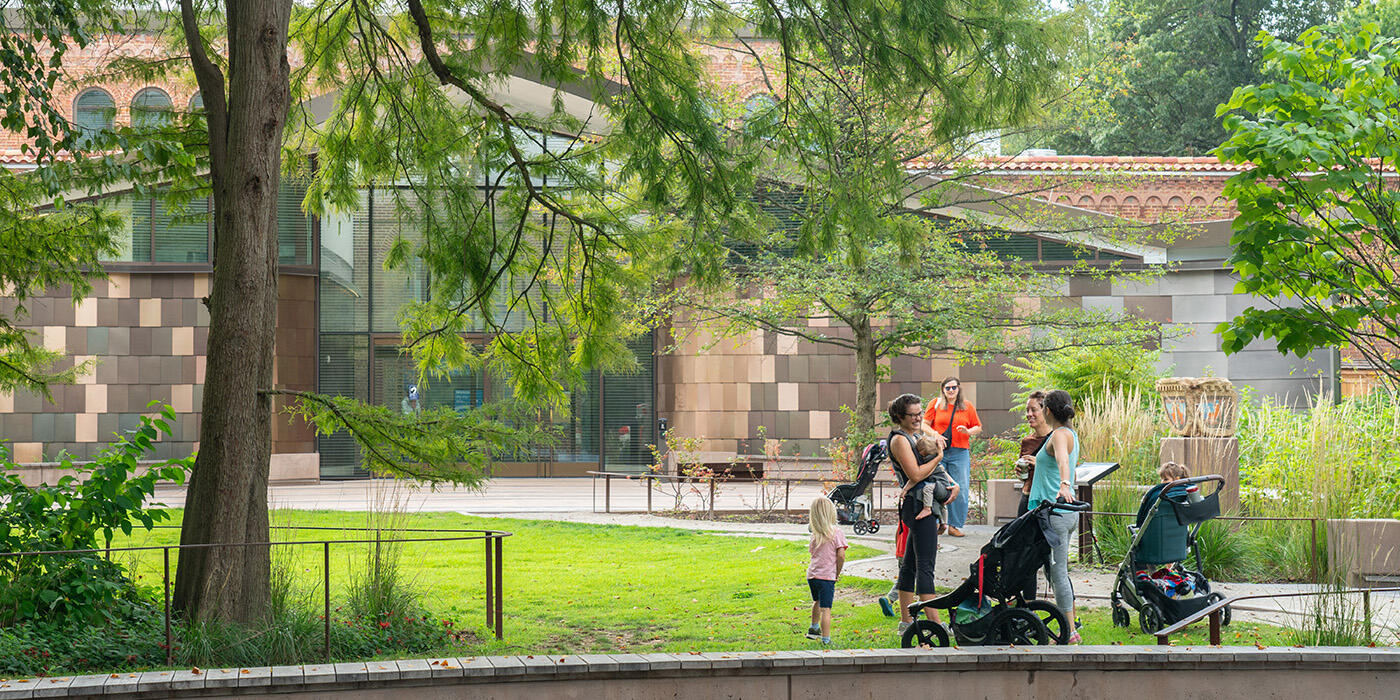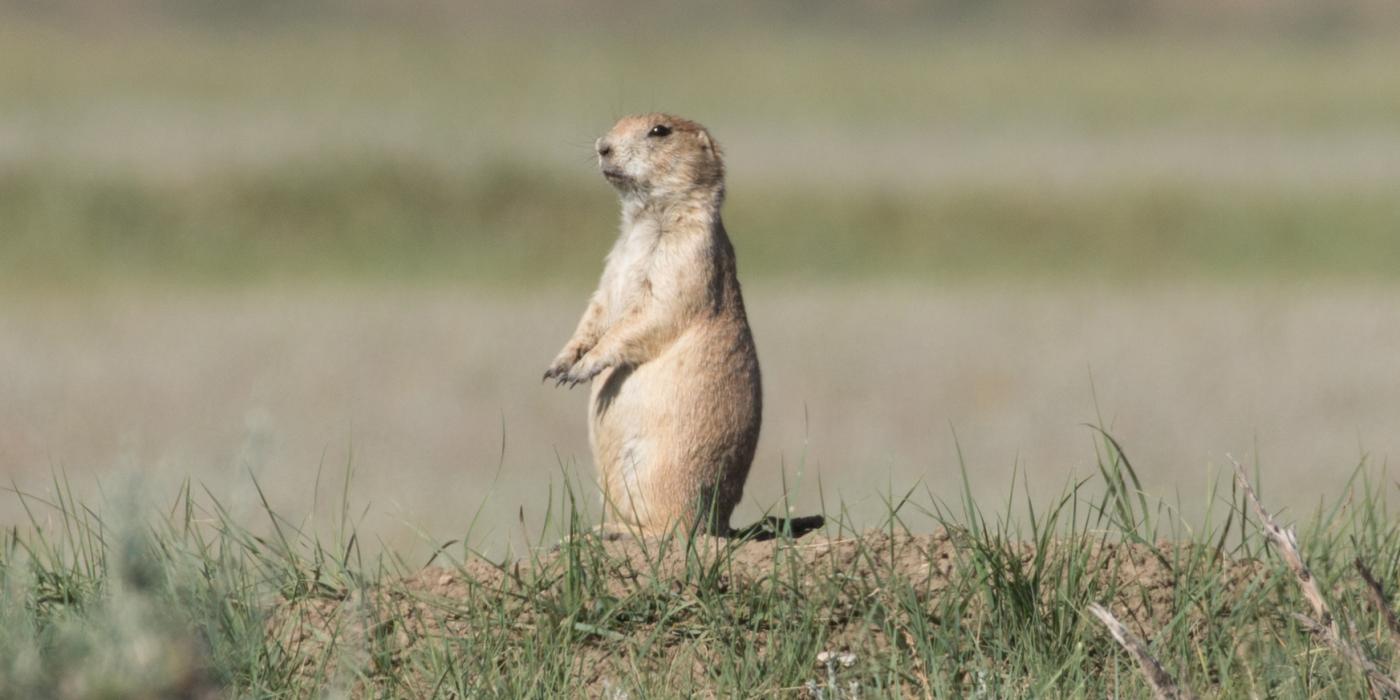The Manakin Challenge: Uncovering Bird Social Networks
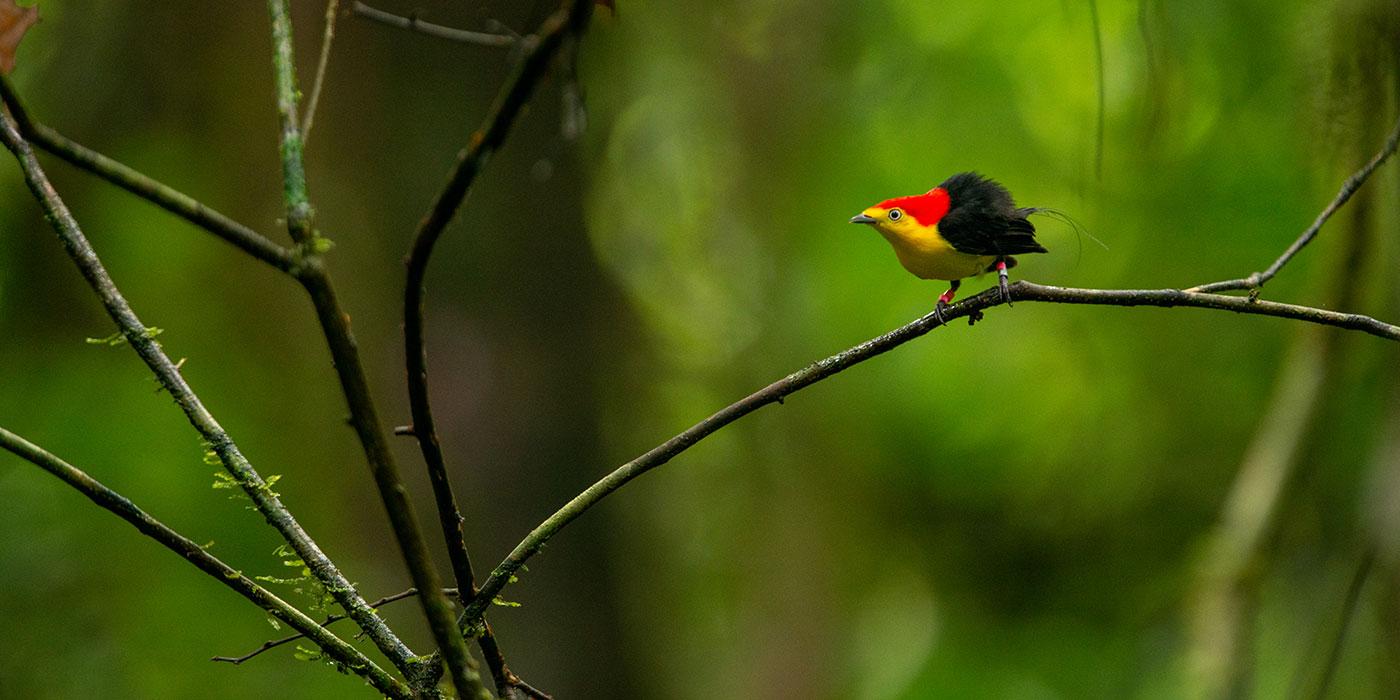
Humans have Facebook, Twitter and Snapchat. Wire-tailed manakins have social networks, too. For more than 17 years, Smithsonian Migratory Bird Center ornithologist Brandt Ryder has studied this species’ unique social systems — called leks — to determine how friendships shape the birds’ lives, behavior and reproductive success. Learn more in this Q&A with Ryder.
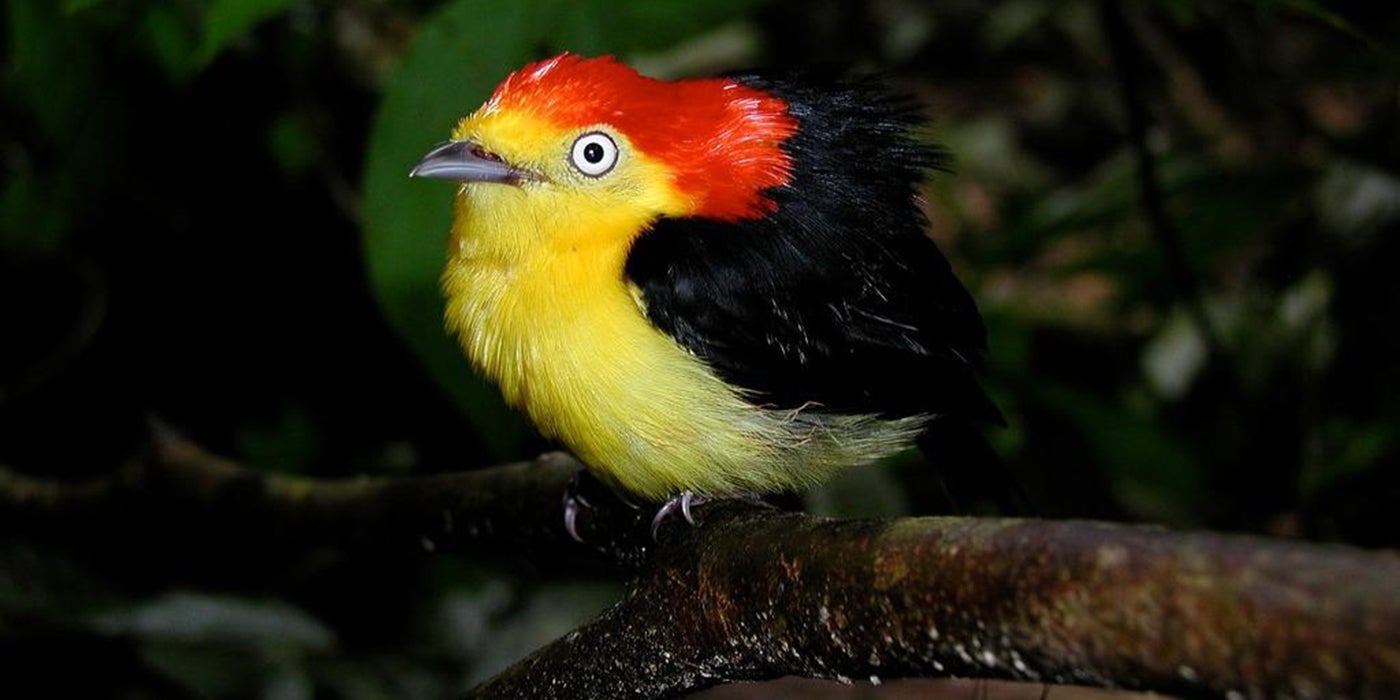
What inspired you to study wire-tailed manakins?
Before I became an ornithologist, I used to comb through field guides looking for the most spectacular species of birds. Manakins are especially eye-catching — males are brightly ornamented with red, yellow and blue plumage — and they use their wire-tail in a very unique tactile display. A male will brush his long feathers across the face of the female or another male with whom he is displaying. This is one of the only known tactile displays that occurs in the avian world. Tail length is not linked to mating success per se, but females definitely get an up-close look at those showy feathers!
I really became intrigued by wire-tailed manakins during my Ph.D. Although their gaudy colors were what attracted me to them originally, their unique social behavior is what really drew me in. Little did I know at that time that I would spend nearly two decades chasing them through the rainforests of Ecuador!
What makes them unique?
Hands-down, the most fascinating aspect of wire-tailed manakins is their social behavior. These birds have a unique social system, called a lek. Think of it like a fraternity party — there are a lot of males socializing and displaying (aka dancing) together in order to impress females. This species, in particular, takes this bizarre social system to a new level. Not only do males join leks to attract females, but also they form partnerships and do cooperative displays! Each male has a wing-man, and they forge long-term partnerships (friendships) with each other.
How did you study their behavior?
We wanted to study and characterize how males socialized with one another. However, observing their interactions is exceedingly difficult because they live in a dense forest habitat. To get a clearer picture of their social networks, we used small transmitters (called coded tags) to measure who interacted with whom. Once an animal was tagged, we used a remote receiver to collect data on the proximity of the birds to one another and the frequency of their interactions. This approach gave us an unprecedented look into the birds’ social lives.
But that is just one chapter of the manakins’ story. In addition to looking at behavior, we also wanted to know if hormones were influencing cooperation among the birds. We took a small blood sample from each bird to measure their testosterone levels. Testosterone is a hormone known to promote aggression, so we wanted to see if we could link testosterone levels with a bird’s willingness to cooperate with others in the lek.
What did you learn?
We have learned so many fascinating things about manakins, but one of my favorite facts is that cooperation is socially contagious in this species. That is, behavior spreads among individuals.
We know from human research that our behavior is often shaped by those we interact with. For example, if our friends exercise, we are more likely to exercise, too. Patterns of socially contagious behaviors are well-known in humans, but there are very few examples in wild animals.
Over the course of 17 years, we have learned that birds have complex social networks, too, and that friendships shape their lives and behavior. These partnerships determine how males behave. Male manakins that interact with more cooperative individuals are more likely to increase their own cooperative tendencies.
This discovery helps us understand how social interactions maintain and even increase cooperation in animal social networks. Documenting that cooperation begets cooperation for wire-tailed manakins was a new and exciting discovery.
We also learned that testosterone can influence social behavior in surprising ways! This hormone, long known to influence aggression, can actually influence cooperation. High testosterone promotes cooperative behavior in younger male manakins, but it inhibits cooperative behavior in older males. Males with low testosterone are more cooperative. However, once testosterone levels begin to increase, individuals become more anti-social.
Why are wire-tailed manakin populations declining?
Scientist always assumed that tropical habitats — including rainforests — were well-buffered against the threats of climate change. We thought that even under changing climate conditions, the animals in these ecosystems would be particularly resilient. Our research has shown the exact opposite.
Over the last 10 years, we have seen dramatic increases in rainfall in the Ecuadorean Amazon. An excess of rain can reduce flowering and subsequent fruit — the manakins’ primary food source. Manakins have a diverse diet and can eat more than 100 species, but if the fruit never grows, or becomes scarce due to increased rainfall, it can lead to drastic declines in their populations.
Since manakins live an energy-demanding lifestyle, food shortages have a major impact on their overall health and well-being. This is true especially when males are trying to court females. Imagine running a marathon every day for months on end without anything to eat, and you can begin to understand the challenges these birds face.
Did your findings surprise you?
Science is always surprising! Testosterone often gets a bad reputation, but our results show that having the right amount of hormones is optimal for living in a highly cooperative society.
To effectively protect and conserve animals, we must study their behavior and social systems in addition to their natural history. By documenting the decline in manakin populations, our work has prompted other researchers to study the impact of climate change on birds across the tropics.
The results have been eye-opening. We are seeing broad-scale declines of tropical birds in the most biodiverse places on earth. We are demonstrating that, even deep within the pristine rainforest, human actions (including climate change) are having a lasting impact on wildlife.
Effective conservation is a three-legged stool that includes research, education and stewardship. Only by doing research and educational outreach on manakins can we be effective stewards of this very special little bird.
This story appears in the April 2019 issue of Smithsonian Conservation Biology Institute News. This study is a collaboration between the Smithsonian Conservation Biology Institute, Virginia Tech, Millersville University, Universidad San Francisco de Quito and Tiputini Biodiversity Station. It was made possible by support from the National Science Foundation.
